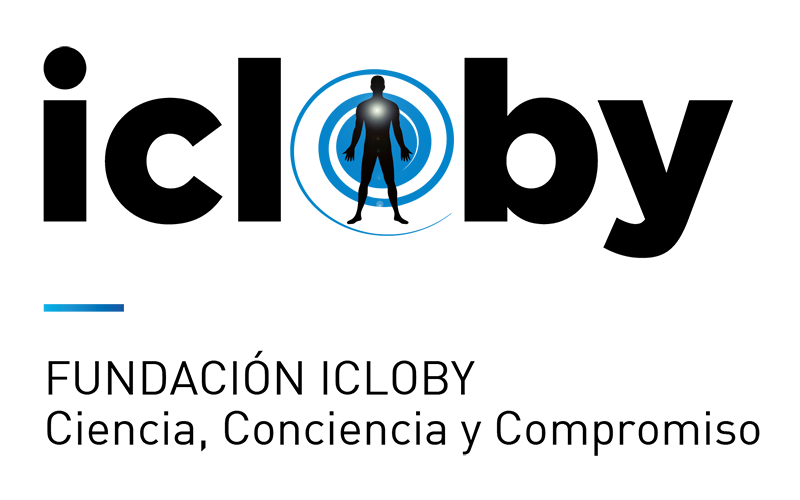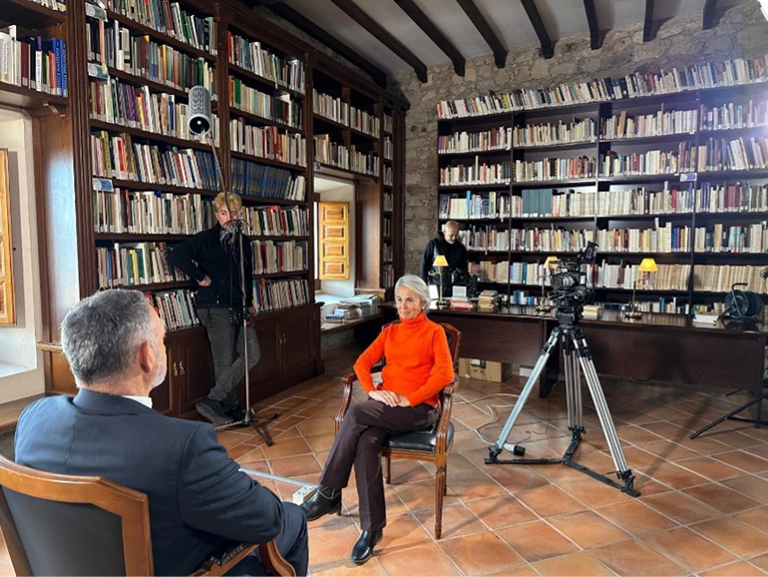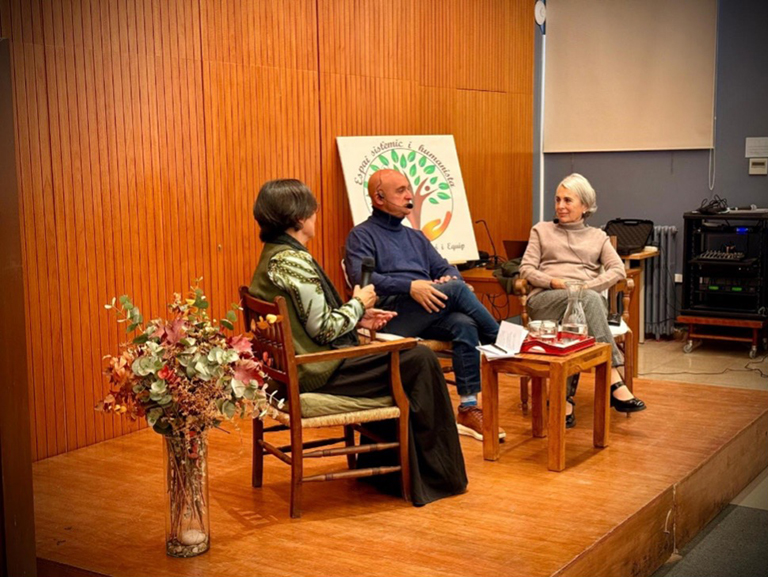ملخص توصيف الطغام الرسم التخطيطي في نهاية العمر في المرضى المصابين بأمراض خطيرة*. DE CHAWLA et al. 2017.
* توصيف الحمولة الزائدة من الدماغ الكهربائي في نهاية الحياة في المرضى المصابين بأمراض خطيرة.
فريق كهير اكتشف تشاولا في 2009 نهاية الحياة الكهربائية (هم) في 7 المرضى بين 3 – 5 بعد دقائق من اعتقال القلبية التنفسي. بعد ثماني سنوات تمكنوا من تكرار جزء من هذه النتائج: 13 خارج 18 كان المرضى ELES. ال 2009 اقترحت الورقة هذه ELES كسبب محتمل لفيزيولوجية عصبية لتجارب الموت القريبة (تجارب الاقتراب من الموت).
يشير تشاولا إلى أن الدراسات التي أجراها Auyong (2010), بورجيجين (2013) وفان ريجين (2011) يؤكد نتائجه. لكن, في الدراسة الأولى ، لم يتم تضمين وقت السكتة القلبية, في الدراسة الثانية ، يحدث نشاط EEG في الفئران داخل 30 بعد ثوانٍ من اعتقال القلبية التنفسي, كما هو متوقع بعد هذا الاعتقال, والدكتور. اشتكت بورجيجين نفسها من أن النتائج التي حصل عليها الدكتور. تشاولا ود. نهر الراين (2011) لا تتضمن وقت السكتة القلبية. اشتكت بورجيجين نفسها من أن النتائج التي حصل عليها تشاولا كانت مختلفة عن تلك التي جمعها فريقها و, في الثالث, يستبعد أن هذا النوع من الخبرة, الذي وجده المؤلفون في قوارض قطع الرأس, بالكاد يمكن أن يرتبط بأي نوع من الوعي بالنظر إلى أن هذه الظاهرة تحدث في كل من الفئر.
نتائج نورتون (2017), نائم (2021), ريغان (2018), دي فريس (1998), مع ما مجموعه 197 الحالات والتحليل التلوي لبوا (2016) مع 7 الإنسان و 10 لم تتحقق دراسات الحيوانات عن نتائج تشاولا ووجدت انخفاضًا عامًا أو عدم وجود نشاط في الدماغ بعد الاعتقال القلبي التنفسي.
إذا أضفنا هذه النتائج حقيقة أن بعض SCDs تحدث في الداخل 3 دقائق من الاعتقال بسبب نشأةها داخل المستشفى وبروتوكول إنعاش مناسب, من غير المرجح أن ELES هي سبب SCDs.
في الحقيقة, يبدو أن ELES نتيجة لإزالة الاستقطاب الخلايا العصبية في دماغ ضعيف للغاية.





